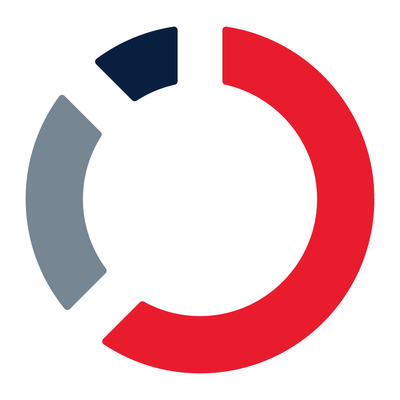Food & Beverage Processing:<BR>Integration + Sharing: A Recipe For Success
Food industry cuts costs through E-procurement and partnerships

The food and beverage industry always has had a hard time making money, with profit margins often falling below 5%. This year has created even more challenges as consumers tightened budgets and bypassed premium foodstuffs for generic brands.
Still, the work companies have been doing to cut costs and improve business processes -- usually through IT -- is paying off. Many of these changes were initiated by consolidations, which tapered off this year following several years of frenetic activity.
Kraft Foods Inc. integrated with Nabisco Holdings Corp. following parent company Phillip Morris Companies Inc.'s $19 billion acquisition a few years ago. "We played a leadership role in the process integration and systems integration," says Stephen Finnerty, Kraft's senior VP and CIO. Kraft adopted some of Nabisco's best practices, such as a logistics system that bypasses warehouses and delivers products directly to stores. It also adopted Nabisco's substantial IT portfolio-management process, helping it better allocate IT dollars. Another big focus for Kraft this year was implementing an E-procurement system for indirect materials. Kraft is considering E-procurement options for direct materials such as food ingredients. "It's a partnership with our key suppliers," Finnerty says.
Collaboration is a familiar theme in the industry. E.&J. Gallo Winery's IT department developed a marketing system that lets salespeople work with distributors on selling strategies, VP and CIO Kent Kushar says. It includes data-mining software that lets salespeople demonstrate demographic preferences on a notebook PC, so distributors can help retailers develop more effective in-store marketing. Gallo also made available to distributors an extranet for ordering promotional materials and a Web-based tracking system that lets distributors check on product shipments.
Hershey Foods Corp.'s majority owner, the Milton Hershey School Trust, put the $4.5 billion company up for sale in July, but pulled it off the block last week. State officials had resisted the plan because of its economic impact to Hershey, Pa. The company is focused on reducing IT costs and recently replaced legacy and custom-built applications with packaged software from Manugistics Group, SAP, and Siebel Systems. Collaboration is also key, and Hershey is working with online exchange Transora. "We've started to do some things like collaborative procurement," VP and CIO George Davis says. "We're also looking at collaborative planning, forecasting, and replenishment."
About the Author
You May Also Like






